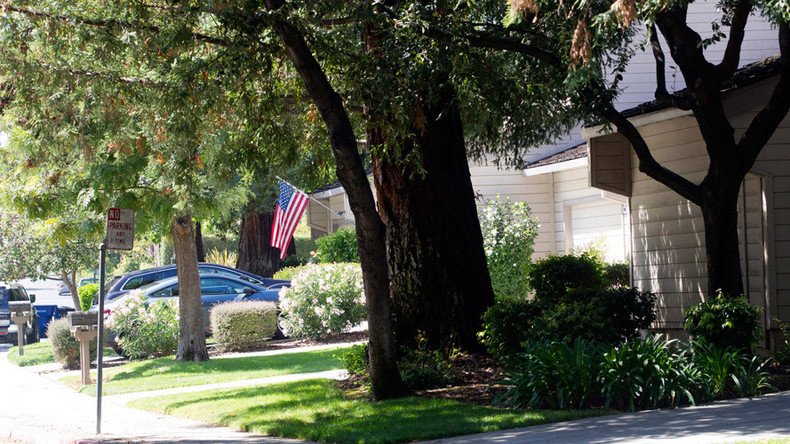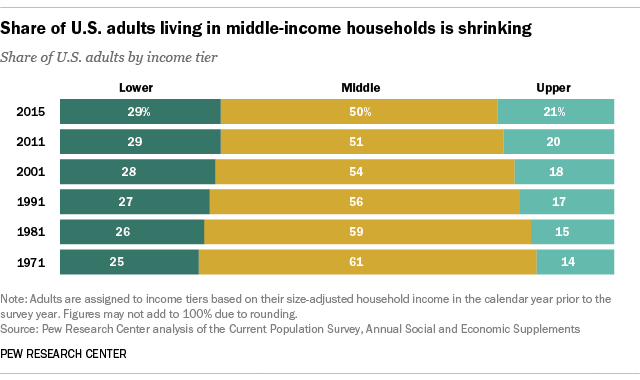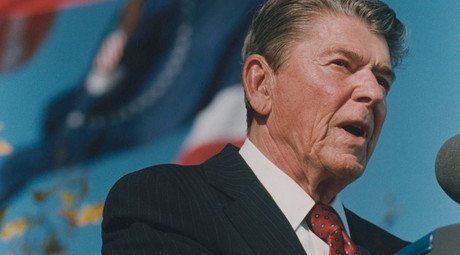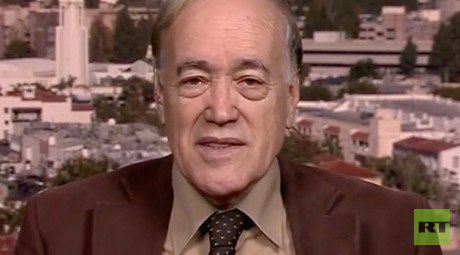Middle class now the minority in US - report

The American middle class has been shrinking for the last four decades, and middle-income households no longer make up the majority, according to a new study blaming the Great Recession.
"The hollowing of the middle has proceeded steadily for the past four decades,"a report by the Pew Research Center noted.
In early 2015, 120.8 million American adults ‒ or 50 percent ‒ were in middle-income households, compared with 121.3 million in lower- and upper-income households combined, the study found. That’s down from 61 percent in 1971.
The middle class, according to Pew, includes households “with an income that is 67 percent to 200 percent (two-thirds to double) of the overall median household income, after incomes have been adjusted for household size.”
The good news is that more households ‒ 21 percent ‒ are now part of the upper-income bracket, up from 14 percent in 1971, and that’s a bigger increase than those households that are now part of the lower-income bracket, which jumped from one-quarter of households in 1971 to 29 percent today.
The bad news is that household incomes fell overall from 2000 to 2014 because of the recession in 2001 and the Great Recession of 2007-09, with the greatest loss felt by lower-income households, which fell 9 percent during that time. The median for middle-income households fell 4 percent, while the median upper-income households fell 3 percent.

Breaking down the numbers into demographics, Americans who are of retirement age (65 and older) and African-Americans have made “notable progress” in moving up the income tiers, although they both remain overrepresented as lower-income households. Those without a college degree fared the worst, and thus “stand out as experiencing a substantial loss in economic status since 1971,” Pew noted. Young adults (ages 18 to 29) and Hispanics also took economic hits of 5.4 percent and 7.9 percent, respectively, over the decades.
Americans are now less likely to see themselves as what Ronald Wright deemed “temporarily embarrassed millionaires” and more likely to describe themselves as lower or working class, an April Gallup poll found. The survey discovered that 51 percent of Americans said they were middle class or upper-middle class ‒ down from more than 60 percent in 2008 ‒ while 48 percent said they were lower class or working class.
“Socialism never took root in America because the poor see themselves not as an exploited proletariat but as temporarily embarrassed millionaires.”
― Ronald Wright, A Short History of Progress
Middle-class jobs are not growing the same way that they are for those in the upper class, according to an August study by Georgetown University's Center on Education and the Workforce. There are one million more jobs that rank in the top third of income-generating occupations, while there are 900,000 fewer jobs in the middle third, compared with pre-recession levels. Incomes in the upper class have grown 47 percent from 1971 to today, Pew found.
That gain in wealth and size for upper-income households has also led to middle-income households having a lower share of the US aggregate household income, which plunged from 62 percent in 1970 to 43 percent in 2014. In 1983, those in the top income tier held three times as much wealth as those in the middle tier. By 2013, the wealth gap had doubled, with the upper tier holding seven times as much wealth as middle-income households, according to Pew.
Those in the lower and middle classes are also finding their incomes aren’t stretching as far as they used to. Housing costs have risen ‒ 3.5 percent annually for renters ‒ with increased demand, as 9 million more people are leasing than a decade ago and homeownership is at the lowest level in half a century. Of the 43 million households who rent, one in five are considered “cost-burdened” ‒ spending more than 30 percent of their income on housing ‒ and more than a quarter are “severely cost-burdened” ‒ spending more than half their income on rent ‒ according to a report by the Harvard Joint Center for Housing Studies published on Wednesday.

















